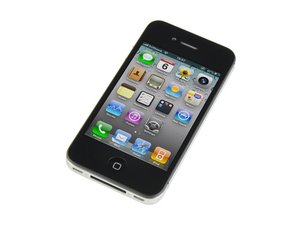Phone not starting after battery socket repair
Hi there!
I accidentally tore my iPhone 4’s battery socket from the motherboard.
I soldered a new one with solder paste. I have checked continuity between each pin and the corresponding test point, and it seems fine.
Yet when I plug the battery back, and the charger, nothing happens.
I have 2 clues of what might be wrong:
1) when I plug the charger, without the battery, and measure voltage on pin 4, I get only 1.15 V. Is that what is expected? It seems low to me, however I also get that same voltage on the test point, so it doesn’t seem to be due to a bad solder
2) I tried testing related capacitors, and I can’t make sense of capacitors connected to pins 2 and 3:
- when I test continuity between pins 2 or 3 and ground, there isn’t any continuity
- however when I try to measure resistance between them and ground, I get infinity, I don’t get an increasing value as I would get with a working capacitor
- also, after trying to measure resistance, when I measure voltage on pins 2 or 3, I still get a steady 0, instead of a decreasing value
I don’t really know why these capacitors would be damaged, since they are under the EMI shield. I did try soldering several times and had difficulties, but it seems unlikely to me that they would have been damaged in the process
I also checked the capacitors connected to pin 4 with the same method: I have no short to ground, measuring resistance provides a steadily increasing value, and measuring voltage after provides a steadily decreasing value.
Any idea what might be wrong?
Thanks in advance for your help!


 5
5  3
3 
 806
806 

